I have a confession to make. I’ve never really been able to keep culinary sage alive, even though it’s a perennial. Therefore I’ve had very little experience with harvesting sage, aside from picking individual leaves, because it usually dies in the first year. Today, that all changes.
With enough water and attention I’ve managed to keep my “drought tolerant” sage alive to the point that it is now thriving and ready for harvest. Not just leaves, actual stems.
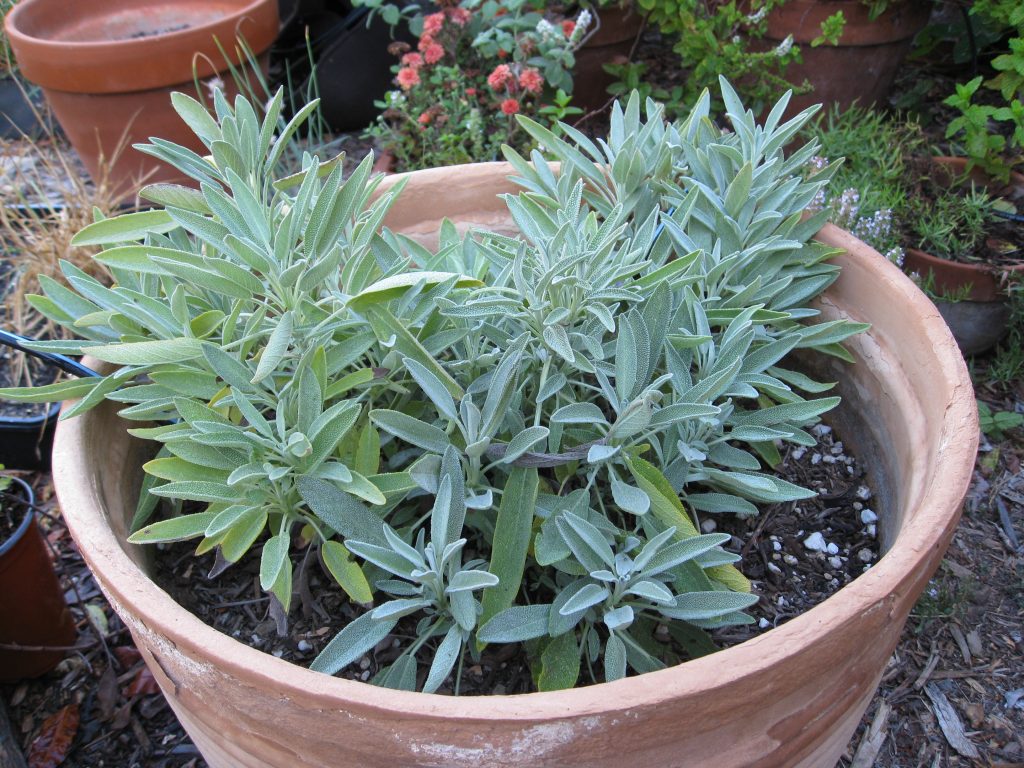
How-to: To get off to a good start, you need to leave a sage plant alone for the first year. It will develop strong roots and stems, readying itself for the next year.
In the second year, sage is ready to harvest after it flowers.
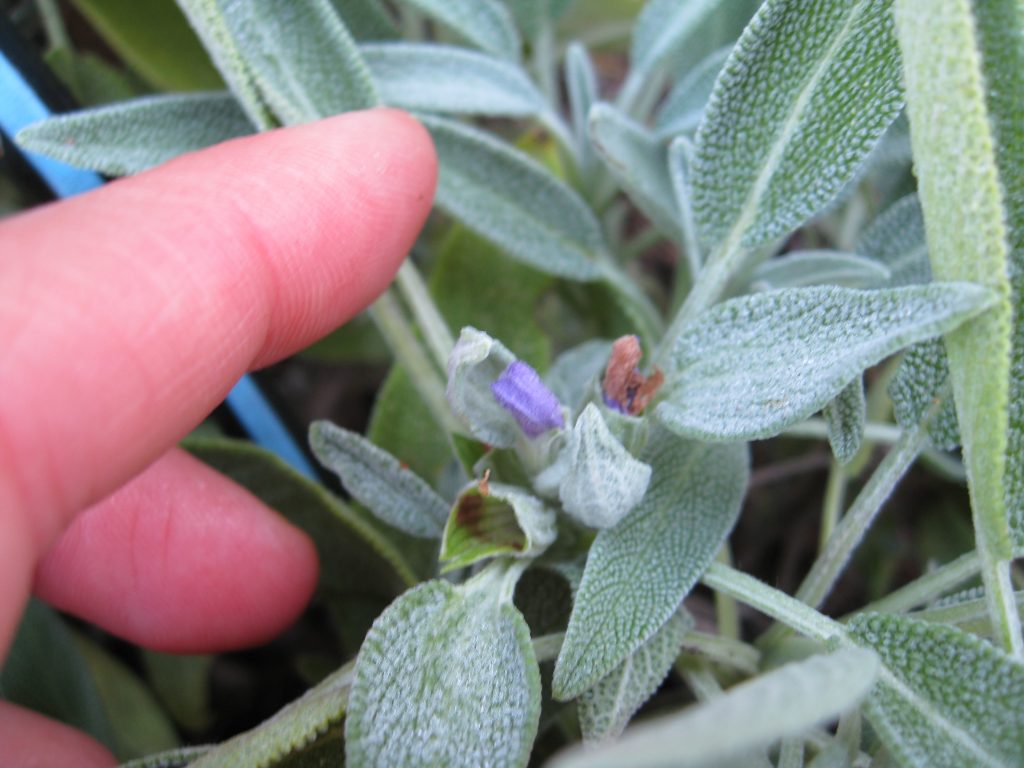
Tips: It is recommended to remove no more than a third of the plant at one time. Leave enough to encourage new growth. Also, rather than washing sage leaves after harvest, hose down the plant in the morning on the day of harvesting.
Wait until moisture and morning dew has dried, then choose stems with new growth budding along the side. Try to pick before mid-day sun. Apparently the oils are less potent once the heat of the day sets in.
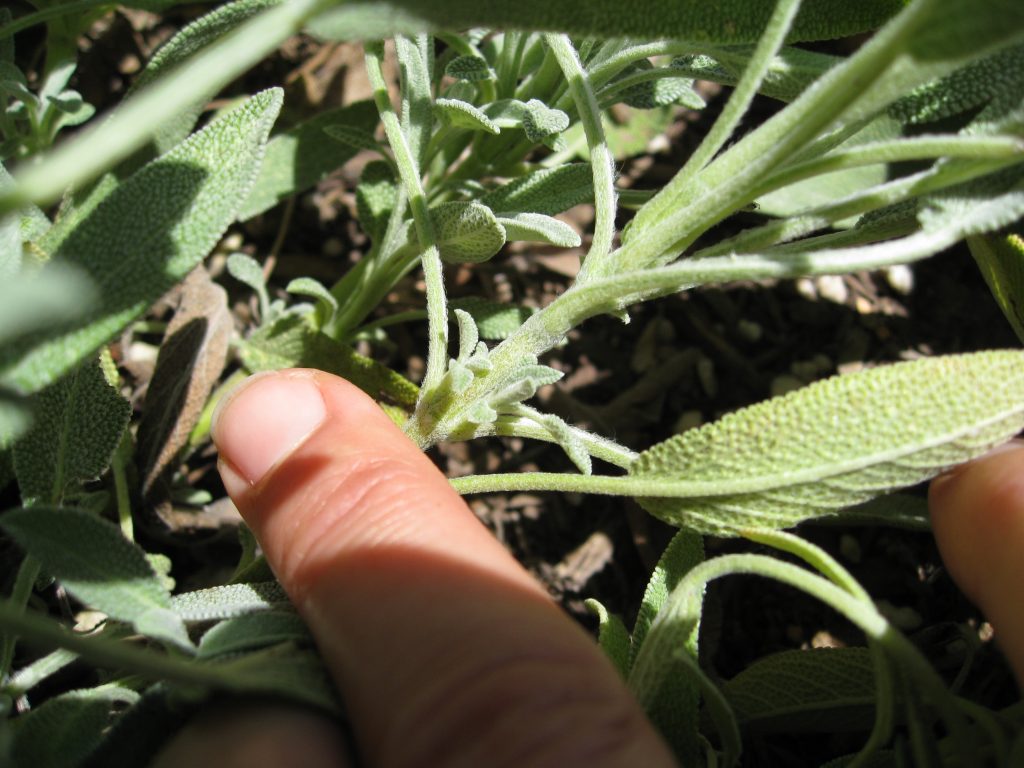
Cut above new growth.
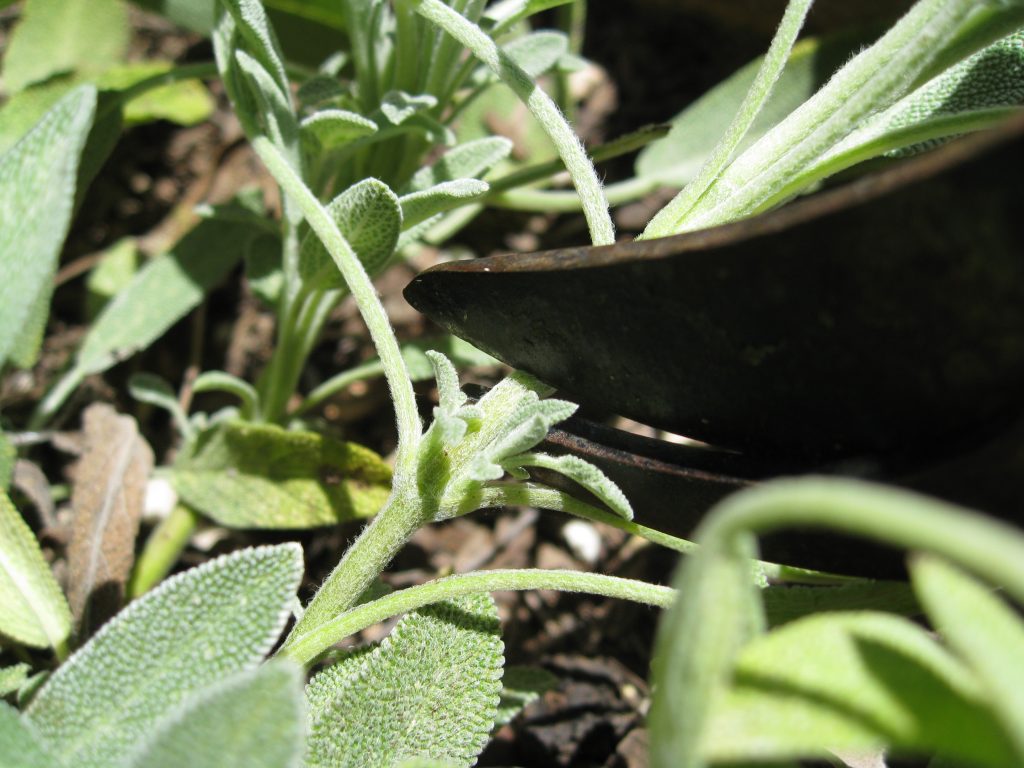
Use fresh cut bundles, or hang them to dry for a couple weeks.

Now that wasn’t so hard. We’ll be enjoying sage in squash dishes, with potatoes and in scrambled eggs. Hey gardenerds, what’s your favorite thing to do with culinary sage? Post your comments below.

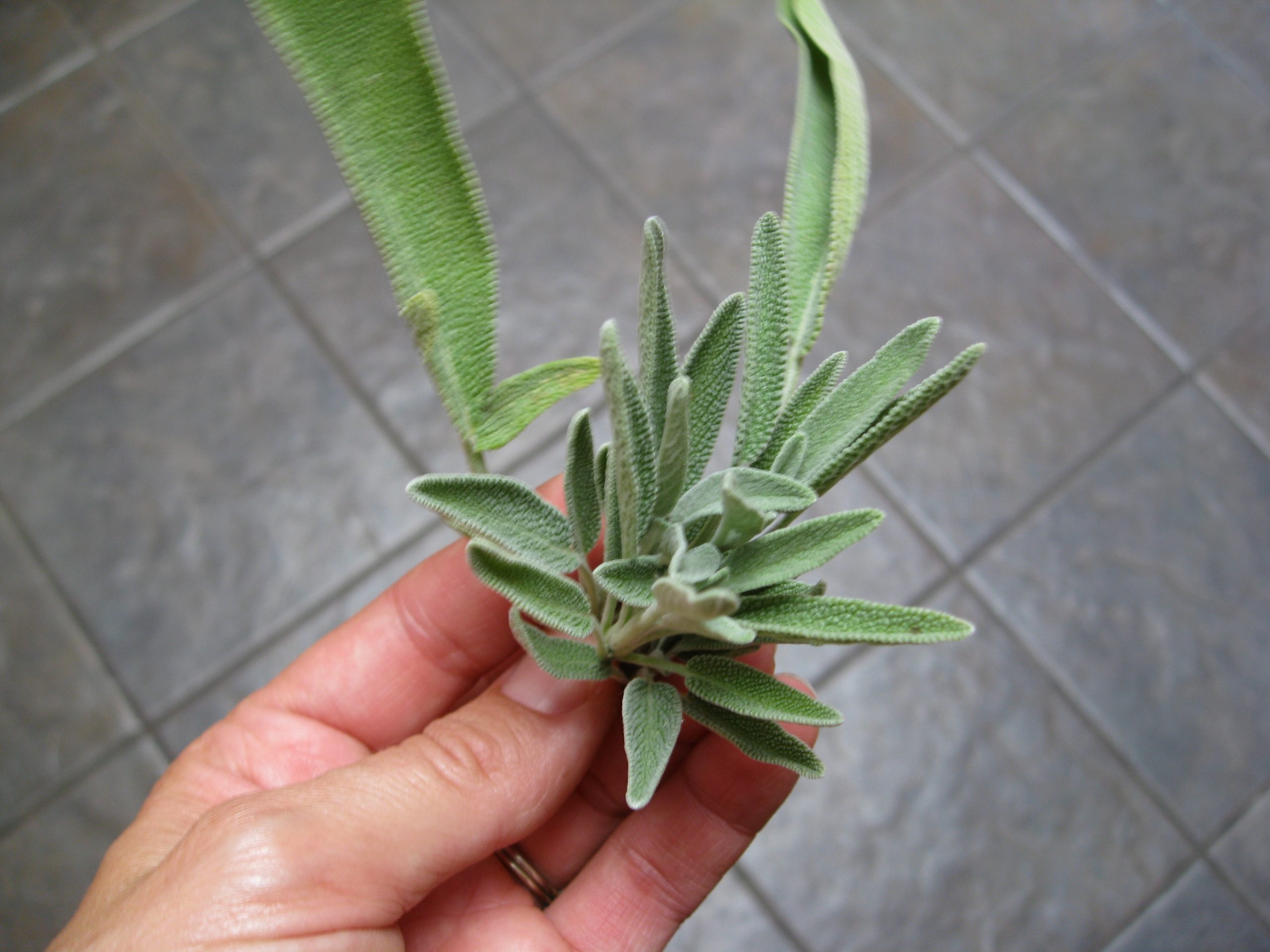
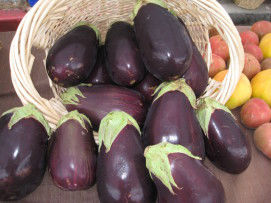
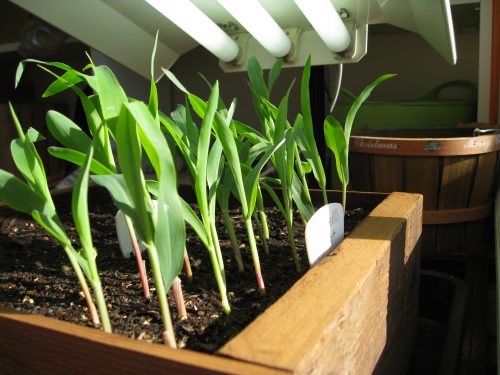
I have never had good luck with sage until this year. I have an abundance of it. I use sage in chicken dressing. Fresh sage is so much better than store bought. I make a dish called squash dressing and use sage in it. This way I use up my extra squash and some sage at the same time.
Sounds delicious!
I’ve had my sage plant for about 8 or 9 years and it hardly ever dies off for the season. I think it’s because I planted it so close to the apartment. It has grown into a huge Bush now and the Small purplish flowers attract bees and butterflies and there’s a hummingbird that likes to come to it sometimes. I have trouble trimming it back because it has become woody now.
Glad to hear your sage is doing well and growing vigorously. It can be tricky to prune, but if you cut back to just above a set or two of buds, that will trigger growth further down the stem and fill in some of the woody area. Take one pass and cut about a third of the stems that way, wait for new growth, then cut back another third, repeat…etc. See if that helps reduce the shrub without damage.
Tea
I had no idea this was a perennial.
Many sages are perennial, others are biennial. If you live in a warm-winter climate they may last for years before they give up the ghost. Ours usually peter out after a couple years, then we start fresh.